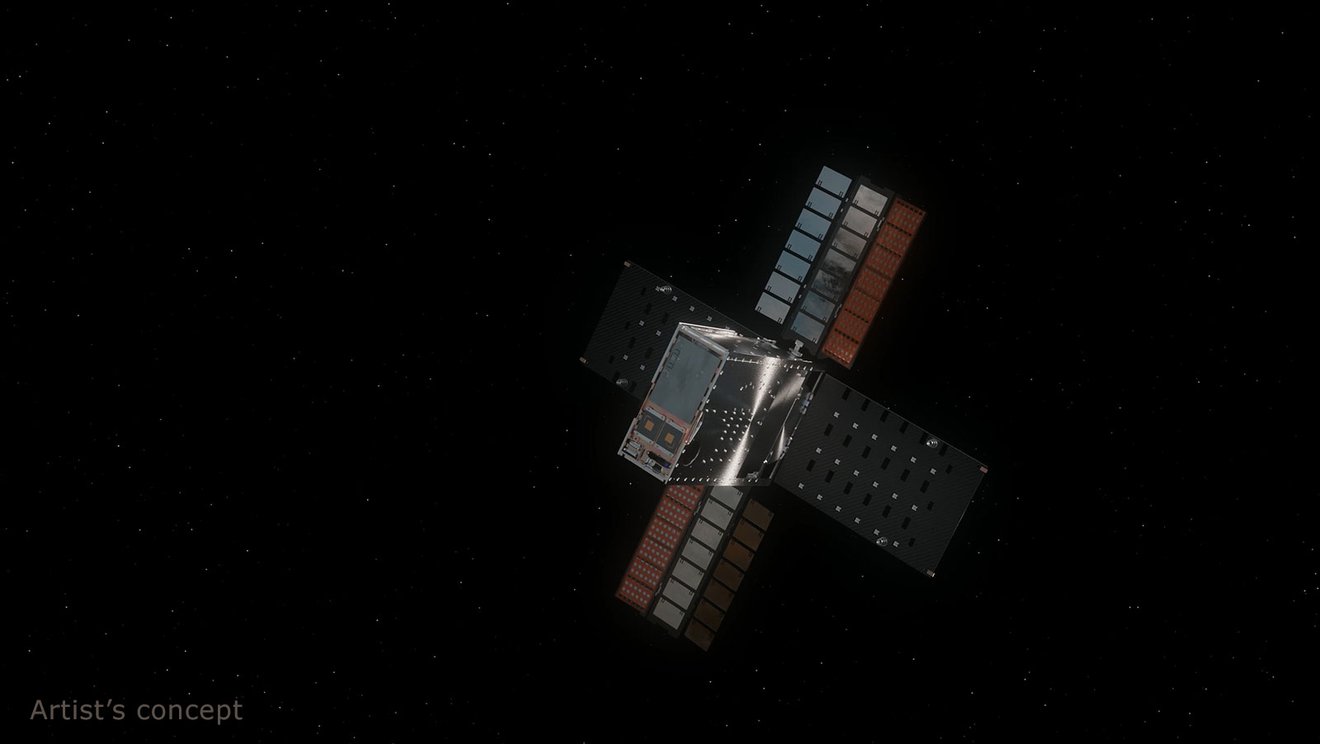NASA missions can be categorized into two types. One type includes headline-grabbing missions, such as the JWST or New Horizons, that take decades to design and plan. Typically those larger missions include many flight-tested components that had already been used on other missions in the past. They are intended to conduct science experiments. But those components get tested beforehand on what the agency calls “technology demonstration” flights. These are intended to work through the kinks in technology development that might hinder the use of a system in space. Lunar Flashlight was one of those technology demonstrator missions, but unfortunately, one of the critical novel components did run into one of those kinks, and now NASA has decided to shut down the mission.
Lunar Flashlight was initially planned to go into an interesting orbit over the lunar south pole and use its four-laser reflectometer to search for water ice hidden in the permanently shadowed craters located there. It was launched in December, and the launch seemed to go well.
However, as the CubeSat was deployed off its fairing, it quickly became apparent that three of its four thrusters were not functioning as intended. Those thrusters, which themselves were one of the novel technologies that the mission was designed to test, were necessary to reach the orbit around the Moon that was planned. To put it simply, they were not able to generate the thrust necessary to reach it.
Credit – Associated Press YouTube Channel
Engineers from NASA and students from Georgia Tech, who were responsible for Lunar Flashlight’s operation, believe that the additively manufactured fuel feed system had become blocked with debris. Most likely, that debris consisted of metal shaving or something similar. Mission planners did their best to try to clear the fuel lines, including increasing fuel system pressure to try to dislodge the debris, but that didn’t seem to work.
They then came up with another ingenious solution of potentially having the satellite orbit the Earth/Moon system as a whole, which would still allow flybys of the lunar south pole once a month. That wouldn’t quite be as frequently as the once-a-week originally intended for the mission, but at least they could garner some data. However, with the debris still causing thruster issues, Lunar Flashlight couldn’t make the trajectory changes necessary to match the newly planned orbit either.
Despite the thruster’s failure, the team considers many of the other components of the system a success. These range from a novel radiation hardened low power flight computer, Sphinx, to the radio system, Iris, and even the propellant itself. Known as a “green” propellant (despite being pink), the Advanced Spacecraft Energetic Non-Toxic propellant (ASCENT) had previously been tested on NASA’s Green Propellant Infusion Mission, which was another technology demonstrator.
Also, the reflectometer seemed to work as planned, so in theory, if the spacecraft had been able to get to the Moon, it would have been able to complete its mission successfully. But not everything goes to plan in spaceflight; if nothing else, this mission will provide plenty of learning experiences for those involved. For now, Lunar Flashlight is continuing out past the Moon and will eventually swing around to fly past Earth and then out to orbit the Sun itself. All the while, its computer and communication systems will keep operating, so it can continue to send data back home, having done its job of helping prove out a plethora of different technologies admirably.
Learn More:
NASA – NASA Calls End to Lunar Flashlight After Some Tech Successes
UT – Tiny Cubesat Will Shine an Infrared ‘Flashlight’ Into the Moon’s Shadowed Craters, Searching for Water Ice
UT – We Can Now See Into the Permanently Shadowed Craters on the Moon
UT – Some of the Moon’s Craters are so Dark, it Takes AI to see What’s Inside Them
Lead Image:
Artist depiction of the fully deployed Lunar Flashlight mission.
Credit – NASA / JPL-Caltech

